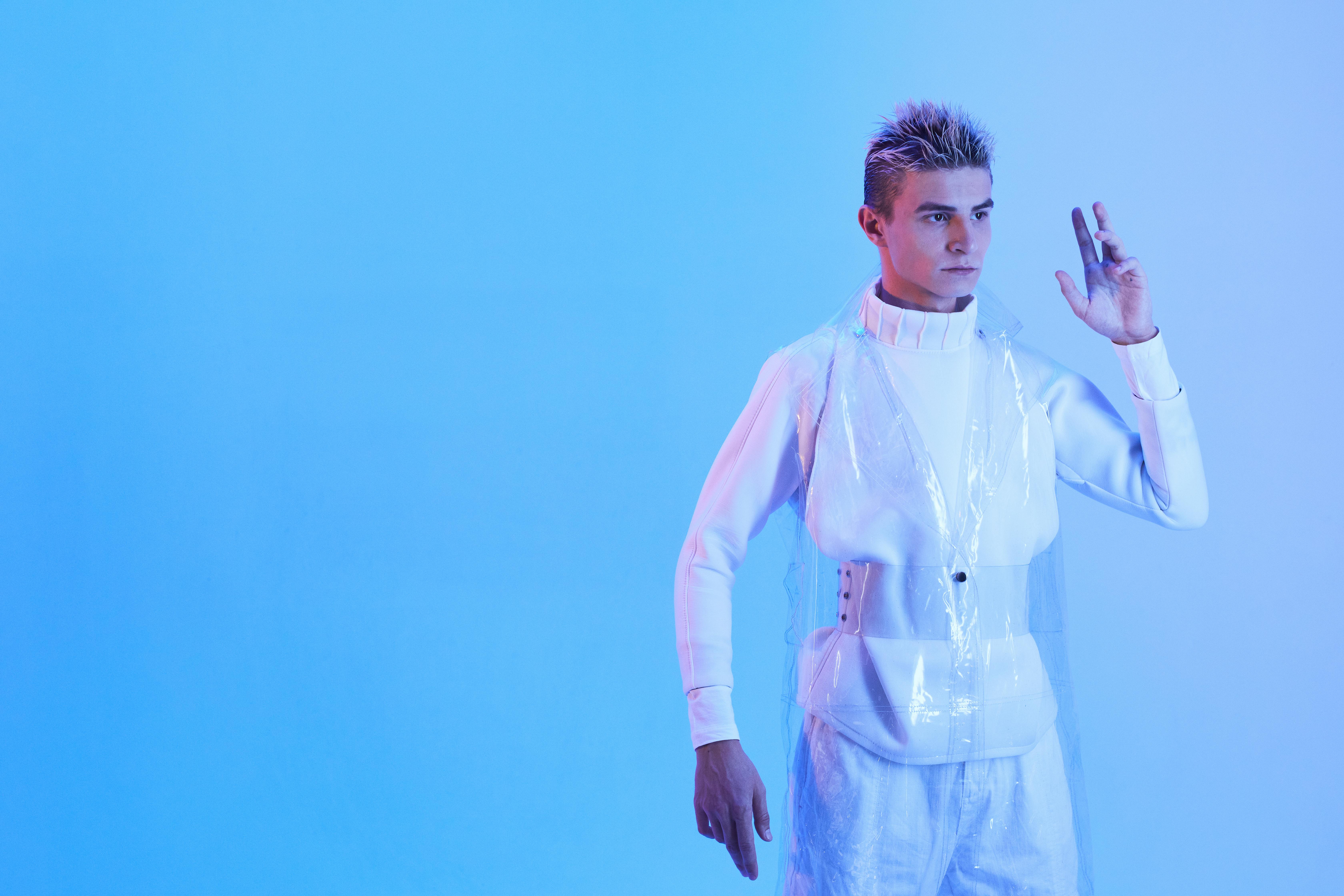AI Image Generation Personalized Through User Feedback

Top post
Personalized Image Generation through AI Feedback: A New Approach
The generation of images through Artificial Intelligence (AI) has made enormous progress in recent years. From realistic portraits to fantastical landscapes – AI models can now generate an impressive variety of images. A recent research paper introduces a new approach that takes the personalization of this image generation to a new level: "Boost Your Own Human Image Generation Model via Direct Preference Optimization with AI Feedback".
Previously available methods for personalizing image generation often focused on fine-tuning existing models with additional training data. However, this process can be time-consuming and computationally intensive. The new approach, on the other hand, allows users to optimize their own AI image generation models directly through feedback, without having to provide additional training data.
The core of this method is direct preference optimization. Users provide feedback to the system on generated images, for example by rating images or expressing their preferences regarding specific features. This feedback is then used by the AI to iteratively improve the model and adapt the generated images to the individual wishes of the user.
The integration of AI feedback plays a crucial role. The system can not only process direct user feedback, but also learn from previous interactions and thus understand the user's preferences better over time. This allows for dynamic adaptation of the model and leads to increasingly precise and personalized results.
Advantages of Direct Preference Optimization
The advantages of this new approach are manifold. Firstly, it significantly reduces the effort required for personalizing image generation models. Users do not have to collect and prepare extensive datasets, but can interact directly with the system and provide their feedback. Secondly, direct preference optimization allows for a finer granularity of personalization. Users can precisely formulate their wishes and thus ensure that the generated images correspond to their individual ideas.
The research results show that this approach leads to a significant improvement in the quality and personalization of the generated images. For example, users can train AI models that reflect their own style or aesthetic preferences.
Applications and Future Prospects
The applications for this technology are wide-ranging. From the creation of personalized avatars for social media to the generation of imagery for marketing campaigns – the possibilities are almost limitless. The approach also opens up new creative possibilities in the field of art and design.
The development of personalized AI image generation models is still in its early stages, but the results so far are promising. Future research could focus on further improving the efficiency and scalability of the approach and enabling the integration of even more complex feedback mechanisms. It is expected that this technology will have a significant impact on the way we create and use images in the future.
Bibliography: - Huang, Z. (2024). Awesome-Evaluation-of-Visual-Generation. GitHub repository. - Mokady, R., Hertz, A., Aberman, K., Pritch, Y., & Cohen-Or, D. (2024). Boost Your Own Human Image Generation Model via Direct Preference Optimization with AI Feedback. arXiv preprint arXiv:2405.20216. - ResearchGate. (2024). Boost Your Own Human Image Generation Model via Direct Preference Optimization with AI Feedback..png)


